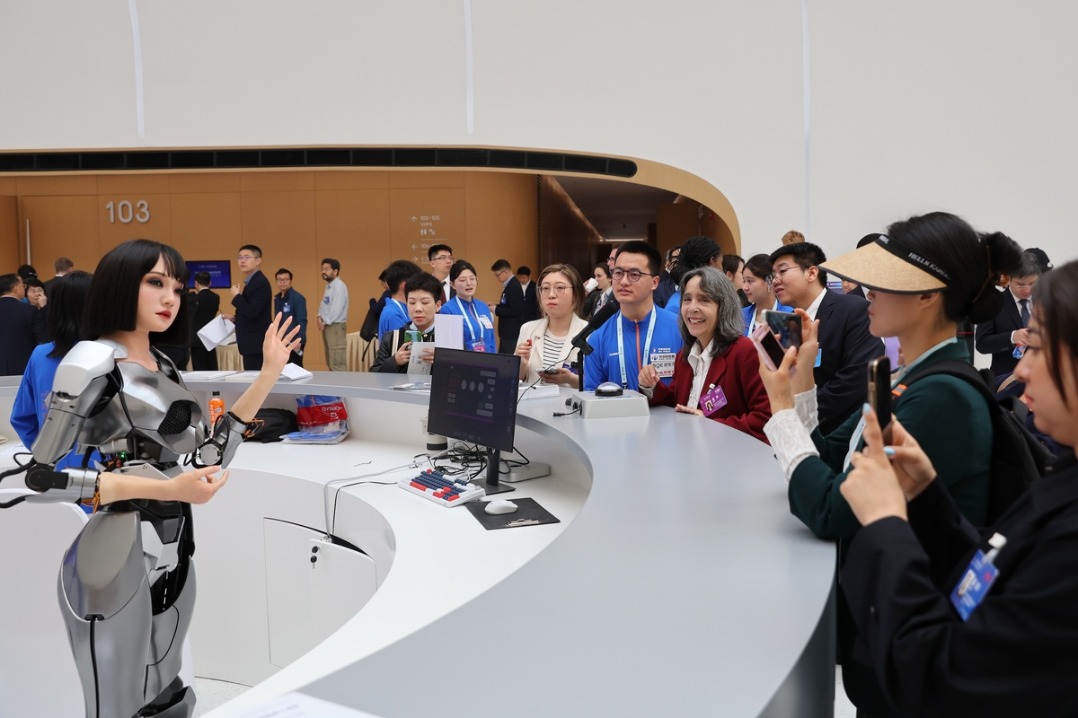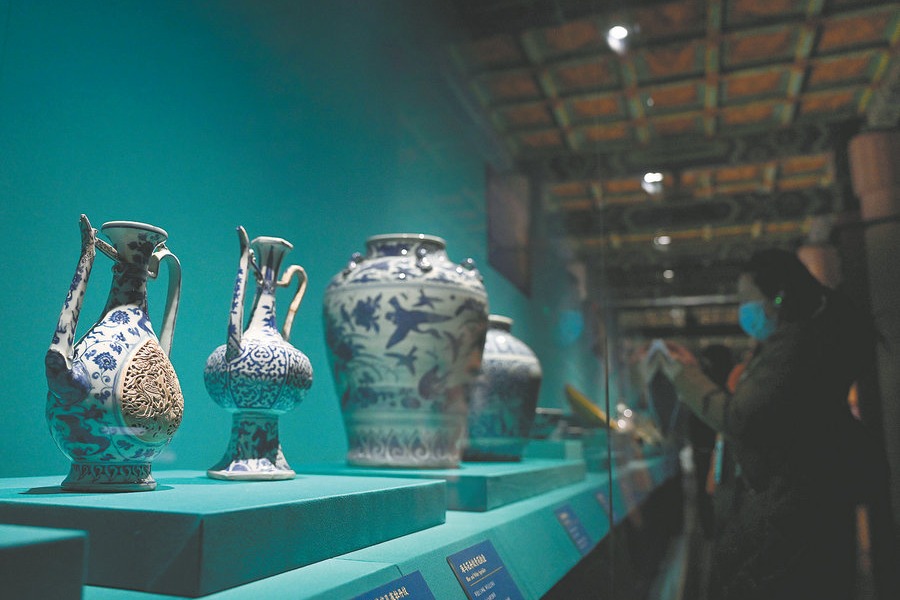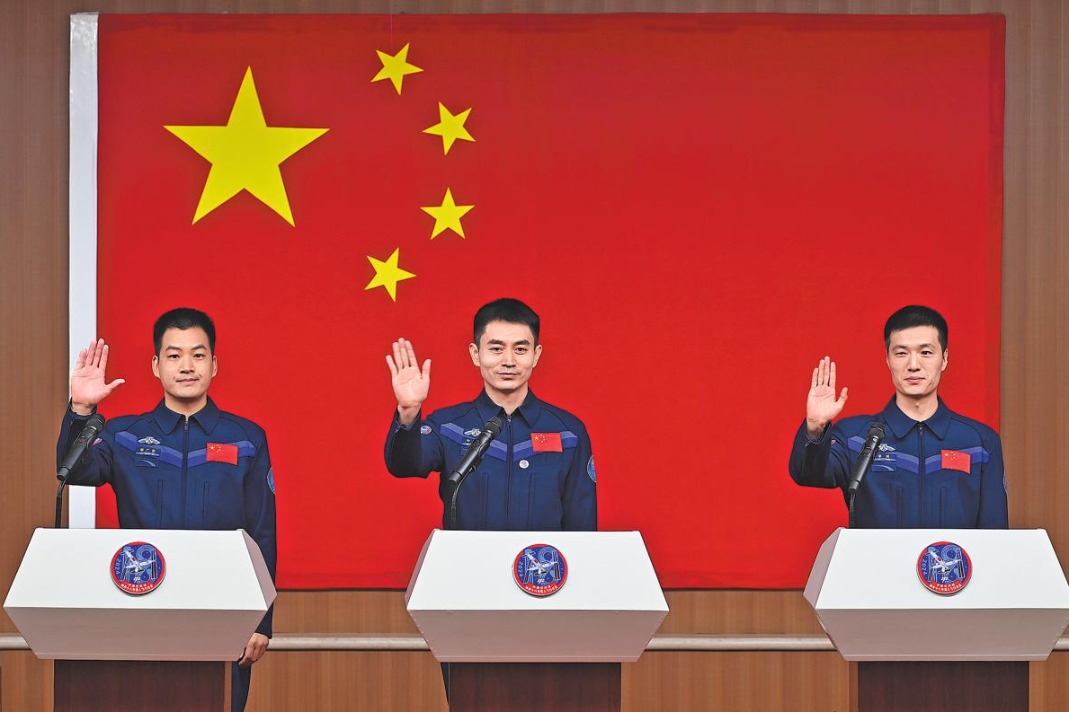Charting China’s reform and opening-up

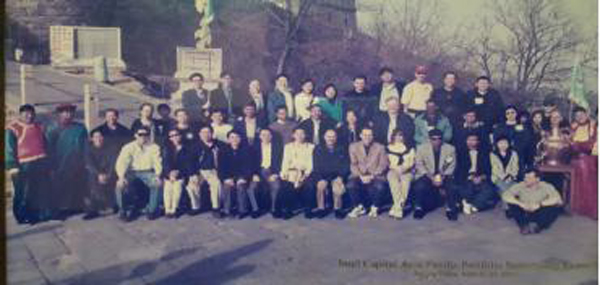
History and values play central role in modern China
I first visited China in April 2000 for an Intel Capital Asia-Pacific Portfolio Networking Event. China had by then marched past slightly more than two decades of "reform and opening-up". At that time, only the Great Wall, Summer Palace and Palace Museum that interested my colleagues. In the erroneous perception of many, China was merely a developing nation beyond Beijing and Shanghai. I vividly remember my fellow countrymen brushing off China as a holiday destination, preferring to visit "much more advanced" countries instead. Today, that has changed. There is now an unprecedented interest among Malaysians to visit the various spectacular Chinese cities and the many amazing attractions of China.
I have since returned to my zu guo (ancestral country) numerous times, and each visit had unfailingly bowled me over. In addition, what gravitates me back again and again is China's ability to recognize, appreciate and manage two opposing universal forces; namely, the yin and the yang. Yin and yang are clearly evident in China's reform and opening-up.
(I) Tradition and culture
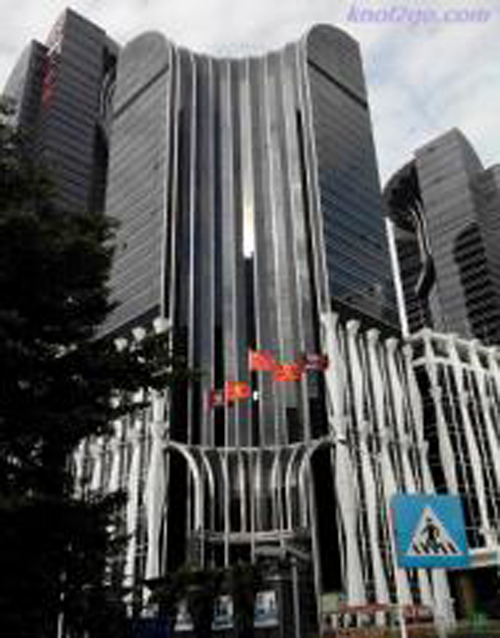
China has been able to ride on its breakneck speed of progress with pride and stability while retaining the importance of time-tested values.
As an illustration, the mega-city Shenzhen has grown by leaps and bounds from a humble village to a technologically advanced city. Shenzhen, with its huge base of international and multinational companies, skyscrapers, and sprawling theme parks, is a physical epitome of the opening-up of China to the world. In the "Window of the World" theme park, visitors are treated to an array of world-famous structures. And in the neighboring "Splendid China", the exhibits focus on the splendors of China itself. To me, the latter serves as a gentle reminder that although China has opened up and enabled her people from all walks of life to be inspired by the world, the nation's rich heritage and history are not simply dismissed in the pursuit of progress.
Another example of the savvy reform undertaken by China is the symbiotic nestling of ancient towns in bustling modern cities. Ciqikou ancient town in Chongqing and the Guandu old town in Kunming are two examples where progress is harmoniously blended with customs and traditions.
(II) Technology
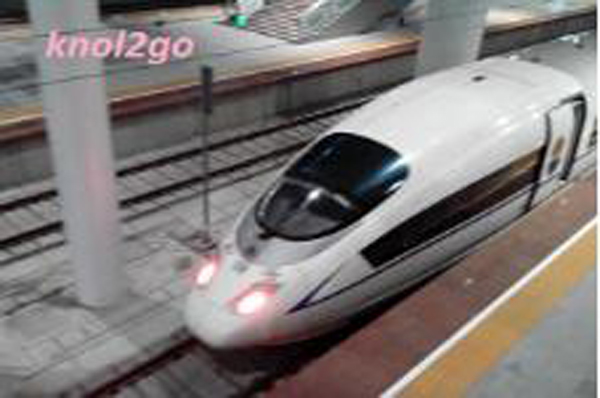
Back in 2000, traveling out from Beijing did not cross my mind. There were no high-speed rails that could zip from the capital to other cities in a mere matter of hours. With China's reform came great advancement in technology. During one of my later trips to China, I was able to visit Suzhou, famed for its breathtakingly beautiful gardens, and Shanghai, one of the world's biggest cities, while holidaying in Hangzhou, home to the enchanting West Lake. It only took me a day and it was truly remarkable.
On the topic of transport, my late grandfather was extremely proud of the Raleigh bicycle on which he rode to work. He saved hard-earned money to buy the possession he so prized. If a bicycle was unfortunately stolen or lost during that time, it would have been as good as gone. Today, in every major Chinese city I visited, bicycles are shared with the help of smartphone apps. What's more incredible is that these bicycles are tracked with the help of Global Positioning Systems.
Marvelously, the bicycle-sharing technology has made its way to countries across the globe. An example of a place where one can find such convenience is in and around the Xiamen University Malaysia Campus. This is the first overseas campus established by the prestigious Chinese Xiamen University.
(III) Language

Students in Malaysia who had been educated in schools that use English as the medium of instruction have begun to enroll in the Xiamen University Malaysia Campus. This is an interesting development as, once upon a time, Malaysian students who were educated in English would only pursue their tertiary education in universities of the West.
Conversely, the mastering of the English language among Chinese is now evident in a number of areas. First, English is fluently used in the broadcast of television news such as CGTN - China Global Television Network, the publication of news websites such as China Daily, and the production of documentaries such as "A Bite of China".
Secondly, and on a personal level, for the past five years, I have volunteered to teach in a humble school for the poor in Cambodia. Last year, when I visited the school, I witnessed, to my sheer delight, a group of Chinese university undergraduates teaching Cambodian children English.
That, for me, is the icing of the cake of China's reform and opening-up. China has become, in its meteoric rise, an initiator of change and progress for others to emulate.
The author is a Malaysian and worked in the field of e-learning (computer-in-education).



















